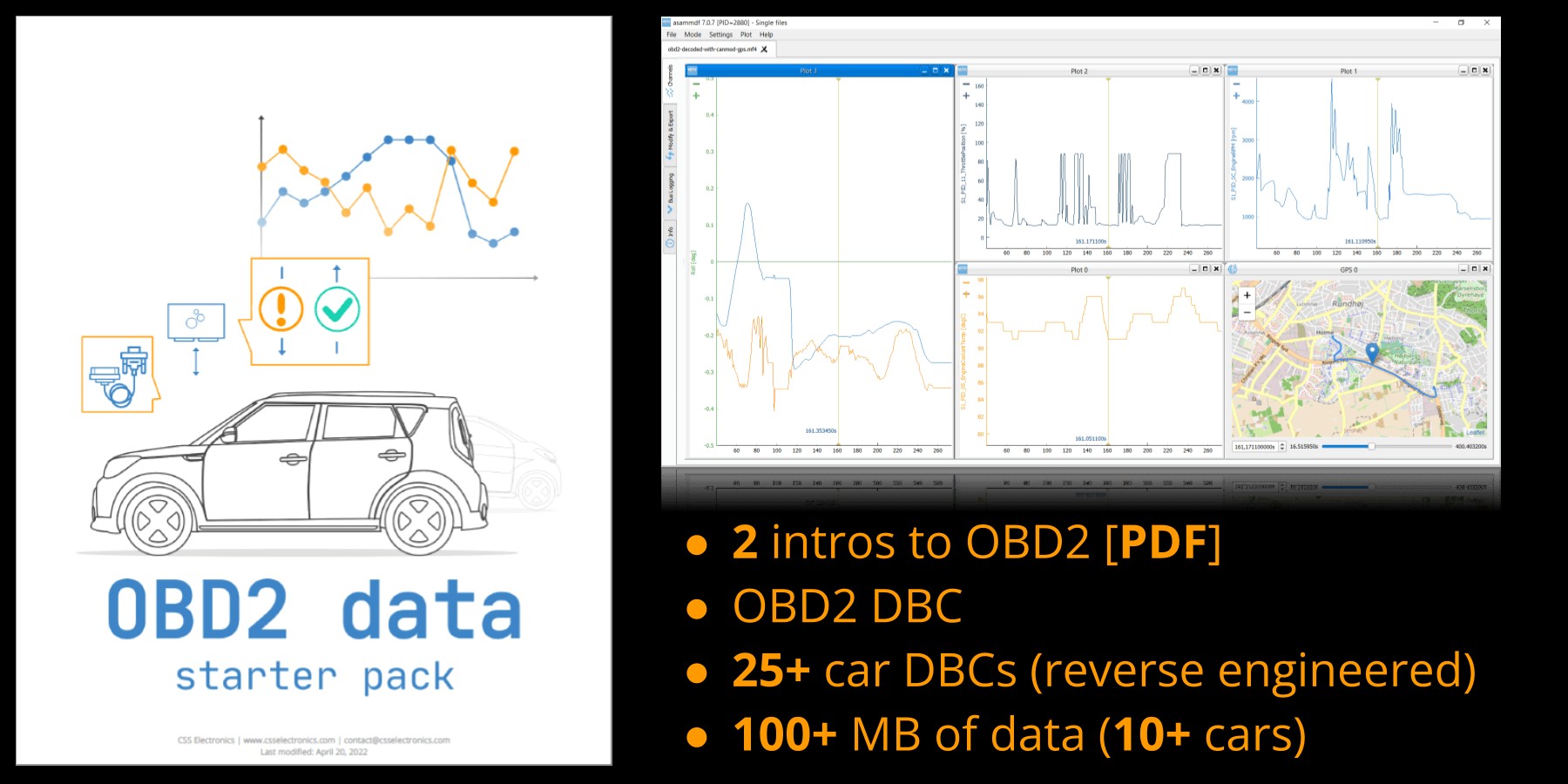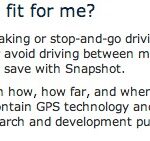For any car enthusiast or seasoned mechanic, understanding your vehicle’s diagnostics is paramount. If you’re working with a 1997 Honda Civic, or any OBD2-compliant vehicle from that era, grasping OBD2 Parameter IDs (PIDs) is your first step towards effective troubleshooting and performance monitoring. This guide dives deep into the world of OBD2 PIDs, specifically tailored for the ’97 Civic, ensuring you can extract meaningful data from your car’s computer.
Understanding OBD2 and PIDs for Your 97 Civic
OBD2, or On-Board Diagnostics II, is a standardized system implemented in vehicles sold in the United States from 1996 onwards. It’s designed to monitor various engine and emissions control systems, providing valuable insights into your car’s health. For a 1997 Honda Civic, this means you have access to a wealth of data through the OBD2 port, typically located under the dashboard.
Parameter IDs (PIDs) are codes used to request specific data from your vehicle’s computer. Think of them as addresses to different sensors and readings within your car’s system. By sending a specific PID request, you can receive real-time data on things like engine temperature, speed, and sensor readings. Understanding these PIDs is crucial for diagnosing issues, tracking performance, and even optimizing fuel efficiency in your ’97 Civic.
Why OBD2 PIDs Matter for 97 Civic Owners
- Diagnostic Power: When your check engine light illuminates, OBD2 PIDs are your gateway to understanding why. By reading diagnostic trouble codes (DTCs) and related PIDs, you can pinpoint the source of the problem, saving time and money on potentially unnecessary repairs.
- Performance Monitoring: Want to know how your ’97 Civic is performing in real-time? OBD2 PIDs allow you to monitor crucial engine parameters like RPM, throttle position, and engine load. This is invaluable for performance tuning and ensuring your engine is running optimally.
- Fuel Efficiency: Keep an eye on fuel-related PIDs such as fuel trim and oxygen sensor readings to identify potential issues that could be impacting your fuel economy. A ’97 Civic, known for its efficiency, can benefit from proactive monitoring.
- Preventative Maintenance: Regularly checking OBD2 PIDs can help you catch minor issues before they escalate into major problems. Monitoring things like coolant temperature and voltage can provide early warnings of potential failures.
Key OBD2 PIDs for 1997 Civic and How to Use Them
While the full list of OBD2 PIDs is extensive, some are particularly relevant and useful for a ’97 Civic. Here are a few examples from the OBD2 PID table, illustrating their importance:
- PID 0D (Vehicle Speed): This PID provides your vehicle’s speed in km/h. Useful for verifying speedometer accuracy or for data logging during drives. For a ’97 Civic, ensuring accurate speed readings is important for safety and legal compliance.
- PID 0C (Engine Speed – RPM): Engine speed is a fundamental parameter. Monitoring RPM helps you understand engine load and performance across different driving conditions in your ’97 Civic.
- PID 05 (Engine Coolant Temperature): Overheating is a major concern. This PID allows you to monitor your engine’s coolant temperature in degrees Celsius, ensuring it stays within the safe operating range for your ’97 Civic’s engine.
- PID 04 (Calculated Engine Load): This PID indicates the percentage of maximum engine power being used. It’s helpful for understanding engine stress and efficiency under various loads in your ’97 Civic.
- PID 11 (Throttle Position): Knowing the throttle position percentage helps diagnose acceleration issues and understand engine responsiveness in your ’97 Civic.
To access these PIDs on your ’97 Civic, you’ll need an OBD2 scanner or interface tool. These tools connect to your car’s OBD2 port and allow you to send PID requests and receive data. Many affordable and user-friendly OBD2 scanners are available on the market, ranging from basic code readers to more advanced diagnostic tools.
 J1939 data pack
J1939 data pack
Decoding OBD2 Data: An Example
Let’s take a closer look at how OBD2 data is transmitted and decoded, using Vehicle Speed (PID 0D) as an example. When your OBD2 scanner requests PID 0D, it sends a CAN frame to your ’97 Civic’s computer. The computer responds with a CAN frame containing the requested data.
According to the provided table, PID 0D (Vehicle speed) has the following parameters:
| PID | Name | Bit start | Bit length | Scale | Offset | Min | Max | Unit |
|---|---|---|---|---|---|---|---|---|
| 13 | 0D | Vehicle speed | 31 | 8 | 1 | 0 | 0 | 255 | km/h |
Let’s imagine the OBD2 response data payload for PID 0D is: 03 41 0D 50 AA AA AA AA.
Here’s how to decode this to a physical value:
- Identify the Data Bytes: For PID 0D, the data is contained within a single byte (Bit length 8). In the example response
03 41 0D 50 AA AA AA AA, the relevant data byte is50. - Convert Hex to Decimal: Convert the hexadecimal value
50to decimal.50in hex is80in decimal. - Apply Scale and Offset: For PID 0D, the scale is 1 and the offset is 0.
- Calculate Physical Value: Physical Value = Offset + (Scale * Decimal Value) = 0 + (1 * 80) = 80 km/h.
Therefore, in this example, the vehicle speed of the ’97 Civic is 80 km/h. This same principle applies to decoding other OBD2 PIDs, using the scaling and offset values provided in the table.
Beyond the Basics: Exploring Further with OBD2 on Your 97 Civic
This guide provides a foundational understanding of OBD2 PIDs for your 1997 Honda Civic. To delve deeper, consider exploring these avenues:
- OBD2 Software and Apps: Numerous software programs and smartphone apps are designed to interface with OBD2 scanners, providing user-friendly interfaces for reading PIDs, viewing live data, and logging information.
- DBC Files: For advanced users and developers, OBD2 DBC files offer a structured way to decode raw CAN bus data, enabling custom data analysis and integration with other systems.
- Online Communities and Forums: Connect with other ’97 Civic owners and car enthusiasts online. Forums and communities are excellent resources for sharing knowledge, troubleshooting tips, and discovering advanced OBD2 applications.
By understanding and utilizing OBD2 PIDs, you gain a powerful tool for maintaining, diagnosing, and optimizing your 1997 Honda Civic. Whether you’re a DIY mechanic or simply want to be more informed about your car’s health, mastering OBD2 PIDs is a worthwhile endeavor.
For further learning, explore our resources on OBD2 introduction and data logging to expand your knowledge and capabilities in vehicle diagnostics.
